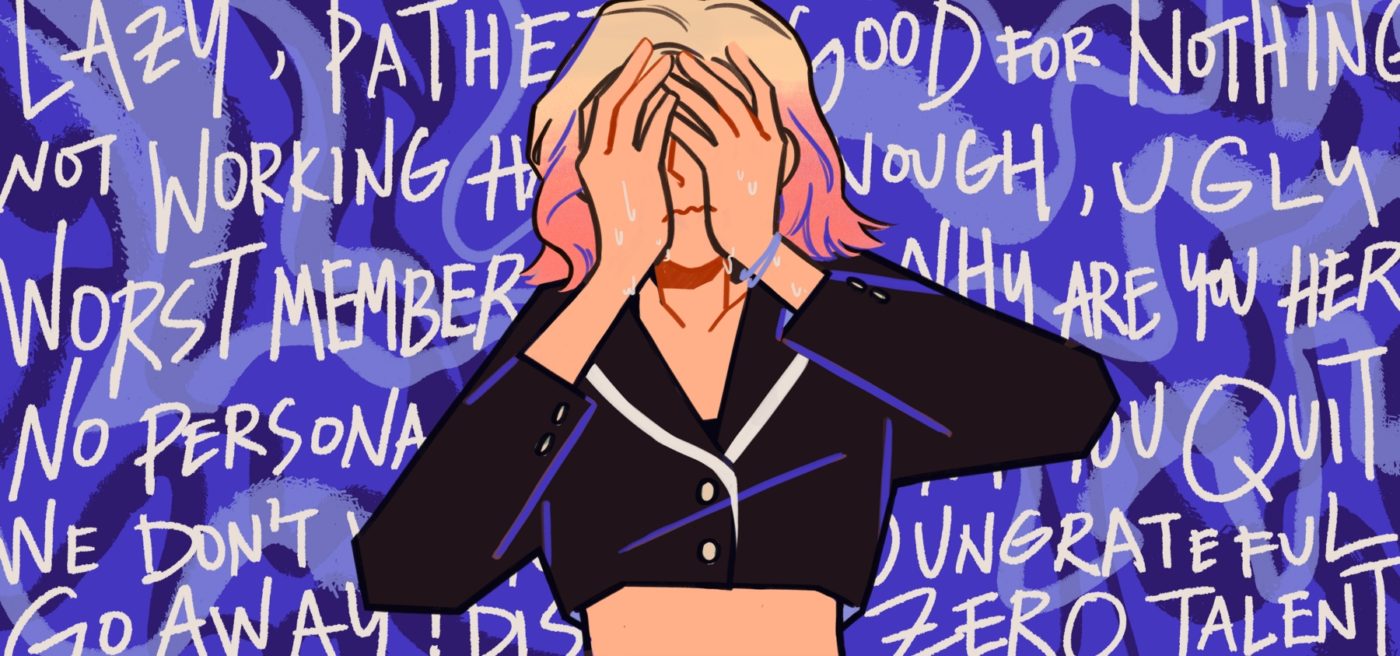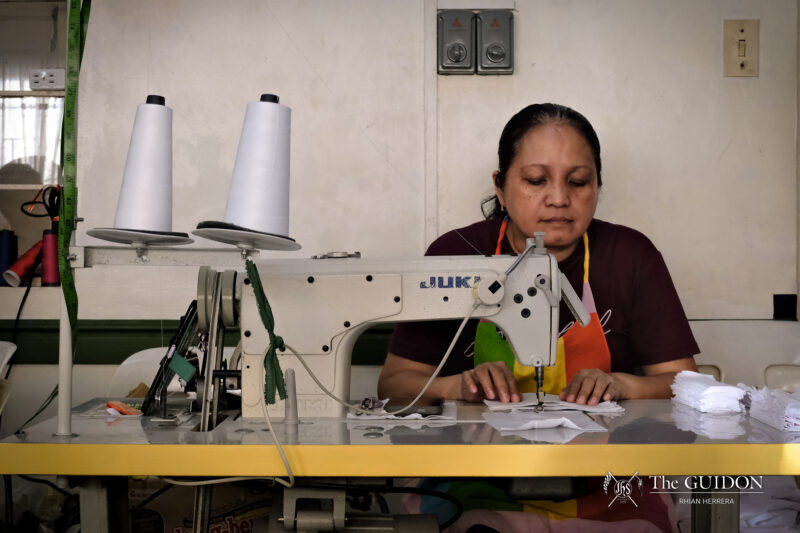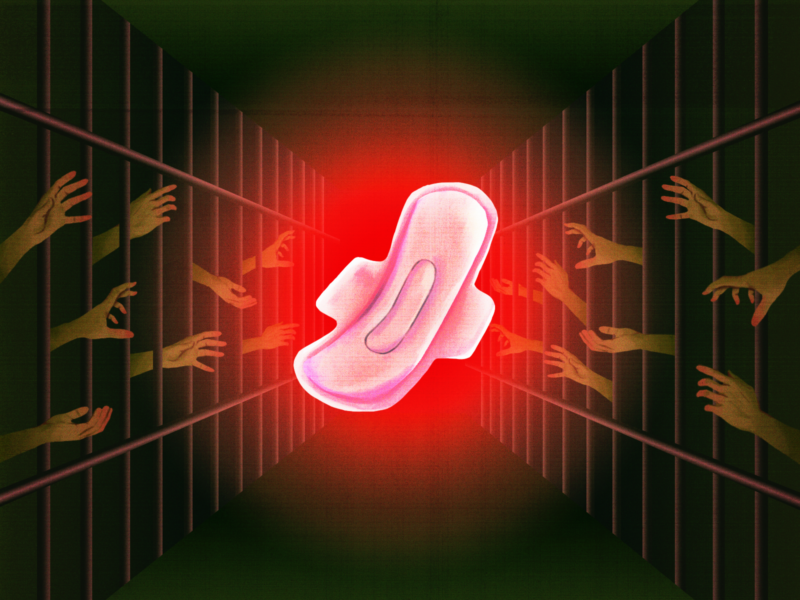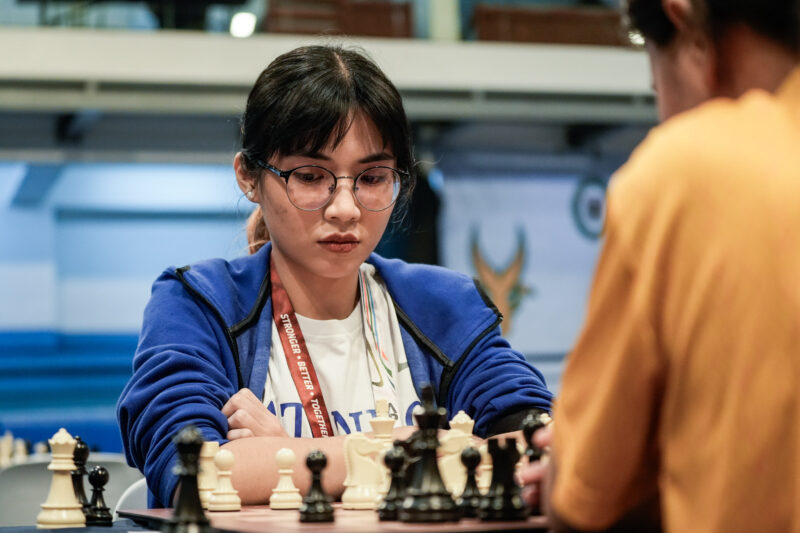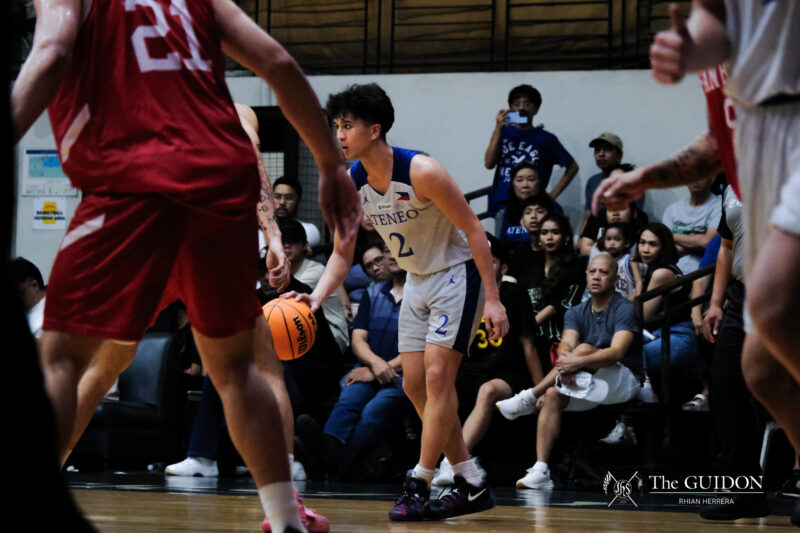Korean Pop (K-Pop) groups Bangtan Sonyeondan (BTS) and BLACKPINK’s successful penetration into mainstream pop culture prompts one to imagine the attention and glamour that Korean idols currently receive. With the growing prominence of K-Pop in the music scene, entertainment companies have been pressured to capitalize on the genre’s growing popularity by creating successful idol groups at any cost.
However, awe-consumed fans may go through extreme lengths to meet their beloved idols. The growing popularity of K-Pop has slowly revealed a flaw in the system that the industry has highly relied on: A culture of competition that plagues companies, artists, and fanbases alike.
Riding the Hallyu wave
The Korean Wave or Hallyu (i.e. flow of Korea) was spurred by the spread of cultural media across the globe in the 1990s. With phenomena such as Korean dramas (K-dramas) and K-Pop gaining rapid popularity across Asia, Korean media soon became part of international mainstream media—and the Philippines was no exception to their reach. In fact, the country boasts the highest growth rate of Hallyu clubs and members within Southeast Asia in 2018.
Popular K-Pop groups like Red Velvet and TWICE have been prompted to host concerts and meet-ups in the country due to their Filipino fans’ avid appreciation for Korean culture. University of the Philippines Diliman (UPD) student and EXO and TWICE fan Ivan Frondozo (1 BS ECE) says that “[from] a fan’s perspective, being able to see [our] idols perform is [our] biggest goal—and companies know that well enough.” He adds that because of this, the group’s album sales and popularity become as vital for fanbases as they are for the unit’s managing company.
In fact, these fans’ willingness to support their idols has become a significant and irreplaceable element of K-Pop culture. UPD student and DAY6 fan Phoebe Guerrero (1 BS Arch) highlights the role of fans in keeping the genre alive. “Without the support of the fans, the artists will not have the means to create the music they wish to make,” she says.
However, controversies like the #ShopeeScam and regular fandom wars—clashes between different fanbases for reasons such as variety show spats or record sales—continue to test the system and the community devoted to it.
Pressure in value
With the increasing number of companies hopping into the K-Pop industry, financial and external support plays a huge role in their success and their artists’ efforts to produce consistent, high-quality content. Administrator of LOONA Philippines Micah Go says that “companies would do anything and everything in order to sell their idols.”
“Any slip-up or anything out of order would mean disaster to their income,” Go further explains. In fact, trainees who aspire to debut in an idol group have this all-or-nothing mentality ingrained into them from as early as their practice phases.
Hannah,* a former member of the BTS fanbase, shares Go’s sentiments, “People usually put idols on a high pedestal, but once they make a mistake, they’re suddenly pushed to the very bottom.” She notes how the environment can become unforgiving for artists as they “[rarely] have [the] chance to redeem themselves.”
The intense competition and need to constantly meet expectations is also exemplified in popular idol survival shows like SIXTEEN and the Produce 101 series—shows that are known for producing popular idol groups TWICE and Wanna One—wherein idol aspirants have to complete different challenges and survive eliminations for a chance to debut as a member of a new idol group.
Reports of management abuse and mistreatment have also recently come to light. For instance, idol band The East Light was allegedly physically and verbally abused by their agency’s producers and chief executive officer (CEO). Mental health issues have also been prevalent, as evidenced by the death of SHINee member Kim Jonghyun and Girls Generation member Taeyeon’s ongoing battle with depression.
The devotion that divides
Aside from artists, companies also commodify their fans’ dedication—so much so that competition and discord have become a norm within the community. In a 2014 Ateneo Initiative for Korean Studies conference report, Ateneo Department of Modern Languages professor Patrick Capili notes multiple issues in the K-Pop fan culture like fandom wars and borderline obsessive attachment.
Capili also points out that financial capability is a must to keep up with the K-Pop scene and its happenings. This has been evident in fans’ habit of purchasing merchandise to support their idols.
Sharing Capili’s sentiments, Blue Hanguk Society President Julia Montesa (3 BFA ID) states that the fear of missing out makes fans constantly feel the need to buy merchandise. Eventually, the amount of purchased products translates to the level of support one can provide their favorite group. This mindset, then, causes competition amongst fans.
In addition, K-Pop’s intense fan culture has also given rise to sasaengs or obsessed fans who often invade their idols’ privacy and safety for their own pleasure. There have been incidents wherein sasaengs have chased artists, trespassed private property, and even attempted to kidnap their idols.
Hannah further states that such fan behavior “reflects badly on their idols [and] people outside the fandom would be appalled and try to stay away from the source as much as possible.” Ateneo de Davao University student and Lovelyz fan Julieanne Castillo (2 BSA) shares Hannah’s sentiments and says that “[t]here will always be fans that have a superiority complex, thinking they are better than others because they have more followers, [attended] more concerts, [own] more merchandise, and [have] liked a group longer than others.”
Battling for the same passion
Even though some fans have strayed away from K-Pop due to its problematic practices, others continue to have genuine interest in the music that Korean artists create. However, there remains a need for change within its community in order for the genre to reach its full potential.
K-Pop culture has not only helped idols gain new fans and develop their art, but it has also provided a community for fans to share their passions. With this in mind, supporters express their hope for a more welcoming and respectful community.
“I hope the companies would compensate [artists] better for their efforts,” Frondozo said. He also hopes that fans would become more aware of their actions, as they have a significant role in the industry’s growth. At the end of the day, fans do not only impact the K-Pop fan community and their idol’s efforts, but also the genre as a whole.
*Editor’s Note: The name of the interviewee has been changed at their request in order to protect their identity and privacy.

